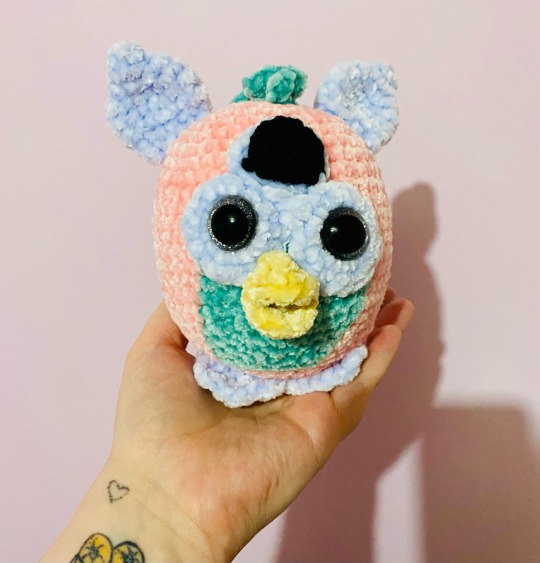Text

New skeleton war lore just dropped
41K notes
·
View notes
Note
My interpretation has always been that a golem is a vaguely human shaped automaton that was activated by a jew using Hebrew magic.
Thus, Frankenstein’s monster is not a golem in my eyes. (First time I heard someone call it a golem, I actually got really annoyed)
What makes a golem a golem? I see a lot of media that calls any sort of construct or manmade being a golem but I feel like that’s not right? I see a lot of people see Frankenstein’s monster is a golem for example.
Great question that I'm probably going to end up answering in like four different directions!
Also, sorry for the delay, I saw this, thought wow, this deserves a thoughtful response, and then got busy for two weeks with travel and family stuff!
Okay, so usual disclaimers that I am not the holder of the One True Jewish Opinion and that folklore can be wibbly, but here's my basic take on what makes a golem a golem.
There are a few positions I'm going to explore here on "what is a Golem" -
The most literal/traditional definition from pre-20th century writings.
The most inclusive - Every Constructed Man Is A Golem and/or if someone calls it a Golem it must be one.
The appropriation-observation - That Mech Isn't A Golem, But It's A Problem That It's Pretending To Be.
Also: Full Disclosure: My personal opinion is definitely somewhere in the "Golem means a specific thing, but it gets misappropriated a lot and that's bad" range.
In the most literal & traditional sense, a Golem is a formerly inanimate anthropomorphic shaped clump of Something (most traditionally clay or dirt or rock) brought to life by the magic of the Hebrew alphabet. Golems also lack free will - whatever you tell them to do, they do, and generally they are portrayed as very literal in how they interpret instructions. They are also, in the earliest examples, mute.
Golem folklore goes back into at least Talmudic times (first centuries common era), with examples of Rabbi such-and-such making golems using Hebrew names or the word for truth in middle ages. Our modern conceptions are also typically heavily grounded in the writings of the Maharal of Prague (Judah Loew ben Bezalel), who lived and wrote in the 16th century. Although relatively recent, the Maharal and his golem he deactivated so it wouldn't have to work on Shabbos are the most famous at this point.
Many of these stories understood golems as both general household help and as potential protectors of the Jewish community. The Maharal in particular engaged with the latter angle.
I do not think that the most exclusive interpretation of what we call golems, at least alone is helpful for modern discourse. Having a base understanding is useful though.
Roughly, tradition tells us that a golem is a traditionally clay-based constructed humanoid figure brought to life by the power of the written Hebrew language and operates without free will and usually without speech. They are not evil, just literal AF, and need to be handled with care - both with respect to their behavior and by some accounts, how the golem itself is treated.
This is a fairly restrictive definition. The opposite view is that anything that looks like, is called as, or vibes like a golem counts. In my observation, this is usually in the interest of calling out misappropriated golems.
I basically see three problems with the "everything is a Golem" camp:
It's NOT a one-to-one, but there are other manmade alive-but-not figures that fill similar roles outside of Jewish folklore. I'm not saying that a Talon (Greek) or Shabti (Egyptian) Tupilaq (Inuit) are exact equivalent to Golems, I'm saying that if a creator from a background with a constructed person-like entity as part of their traditions creates media with constructed person-like entity we should hear the contextual horses not zebras.
If something is a golem, we need something to not be. If we wanted to be very expansive, one could even argue that household robots like Rosie from The Jetsons are Golem analogues, which would be fun to argue, but one would be wrong. Basically, I oppose "anything is this specific thing" definitions.
There are lots of pieces of media that misappropriate golems (and other Jewish folklore, but that's a song for another time), but it's important to me that we save that label for Actual Problematic Appropriation, not literally anything that could possibly count because of vibes or whatever.
I do think we should be immediately suspicious of that which is labeled by creators as Golems when the creators are not Jewish. Why is gentile creator insisting this is a thing from a community they are not part of???
I sympathize with the assessment that misappropriated golems and golem analogues abound, because they do. This brings me to my own view.
For me - I think the best ways to determine if x is a Golem or Golem-analogue, misappropriated or otherwise, is to explore the following three questions:
Does it line up to the traditional description?
Do the creators insist that it is a Golem and/or do we have reason to believe they were influenced by Golem stories?
Is there a community consensus from the culture of origin - Jewish - that this piece of media is a Golem or Golem analogue? [by far the trickiest to determine].
I think there are basically three answers you could land on: definitely a Golem, definitely not a Golem, and some middle ground of inspiration from the thing.
Since the example given was Frankenstein, I'll run that as a sample:
Eh. I see where people are coming from on this one, I do, but I don't think the evidence is damning here. We could nitpick on the physically different aspects - the lack of Hebrew inscription, people instead of dirt/clay, the electricity bringing to life, but I actually think the thematic differences are more relevant.
Golems are explicitly under the control of their creator, have a (relatively) easy on/off switch, are generally intended for good purposes (household help, self-defense), and regarded as part of the household (most narratives have Golems not working on Shabbat). Although I wouldn't say Frankenstein's Monster is evil, there's a very different relationship and operation that is much more horror-y than folklore-y at the end of the day.
Shelley never straight-up said the monster was a Golem. Although Golem narratives go back much earlier, their debut to the wider world was in 1808 through the Brothers Grimm's submission to a literary journal, Journal of Hermits. In 1808 and 1812 we see clear departures from traditional Jewish narratives in the write-up's from the Grimm brothers. It's perfectly plausible she interacted with Golem or Golem-esque ideas through her intellectual circles in this way.
There is not community consensus that Frankenstein's Monster = Golem. There are definitely Jews who hold this position, but it's not a community consensus by any means.
In this case, at least for Shelley's 1816 publication (not getting into later stuff or movies), inspiration from the Brother's Grimm bastardization is probable, but ultimately I'd say not a Golem.
As per usual, OP (or anyone else) is welcome to follow-up, other Jews welcome to add stuff, goyim welcome to reblog!
15 notes
·
View notes
Text
Knishes.
Howdy there, Jews of Tumblr.
What's your favorite Jewish food? This can be a drink, dessert, savory food, etc. Doesn't even have to really be Jewish, it can just feel Jewish lol.
I couldn't pick so I have two. First is the classic "bagel w/ schmear and lox" which is just the best thing ever. Second, chocolate babka. Best thing ever fr.
Goyim... I suppose y'all can respond to this one, I'm curious which of our foods you like. Those in the conversion are welcome as always!
21 notes
·
View notes
Text
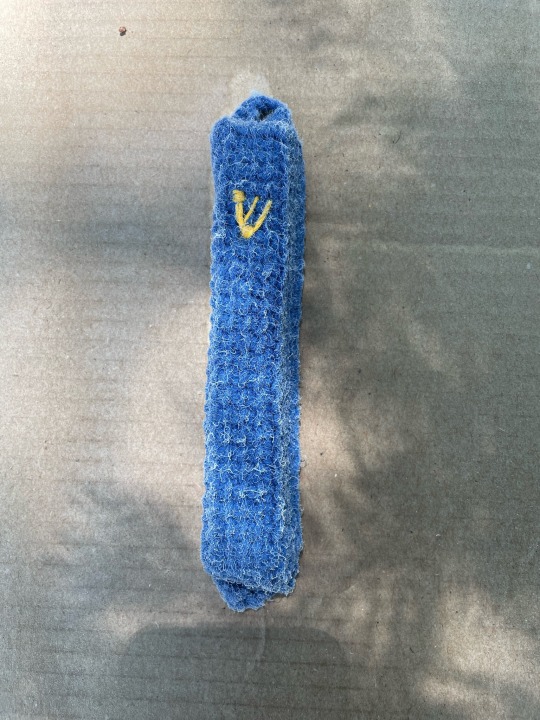
Multiple coats; doesn’t seem to be doing what I hoped for.

The yarn is just to frizzy to to get a clean coat.
Might try again later with mercerized yarn since it’s much smoother. If that doesn’t work, I could make them for indoors only.
1 note
·
View note
Photo

A steampunk butterfly I made out of recycled electronics! (My first ever commission!)
13K notes
·
View notes
Text

Crocheted a mezuzah case. I’m going to press it to get it to hold it’s shape better, then spray it with polyurethane until its solid and waterproof. Don’t know if it’ll actually work but it’s worth trying.
5 notes
·
View notes
Text


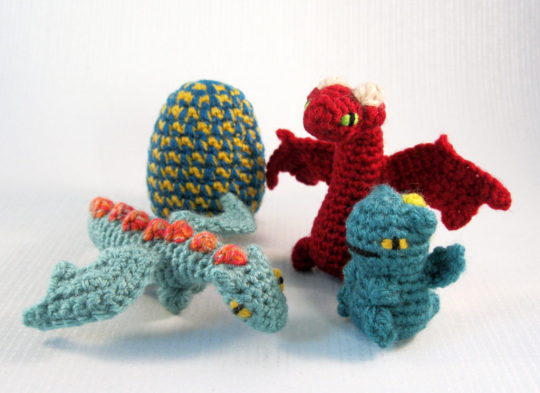
Magical Mini Pet Dragon Hatchlings and Their Sweet Little Eggs: 👉 https://buff.ly/3hC0kmx 🐉
77 notes
·
View notes
Text
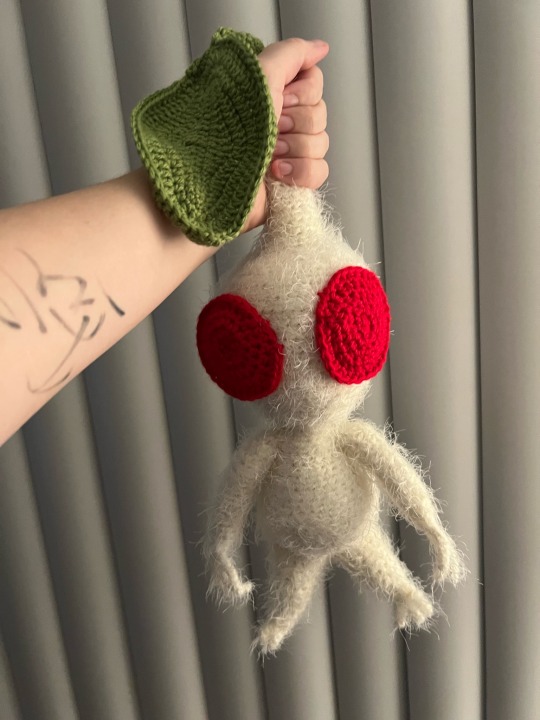

unidentified fucking thing. blow it up now
28 notes
·
View notes
Text
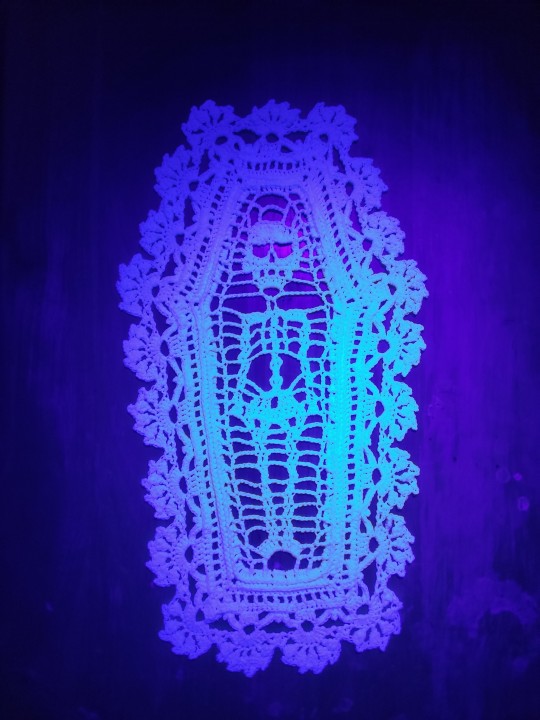
made a really cool doily. (pattern)
19 notes
·
View notes
Text
Decided to try this Tumblr thing out! Follow if you like crochet, plushies, original chatacters/designs, and free patterns :)

11 notes
·
View notes
Text
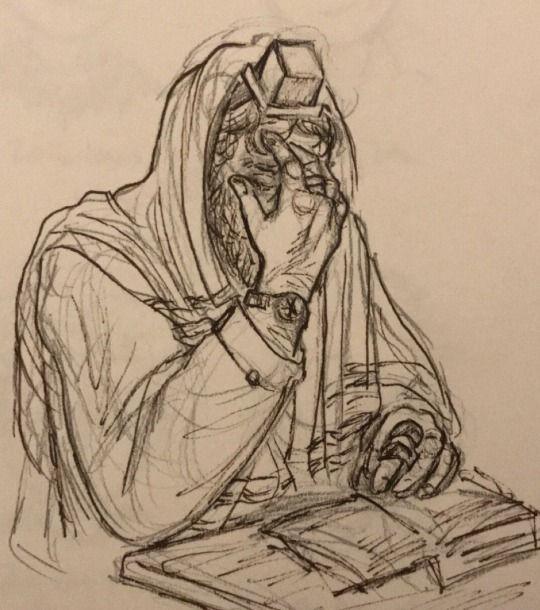
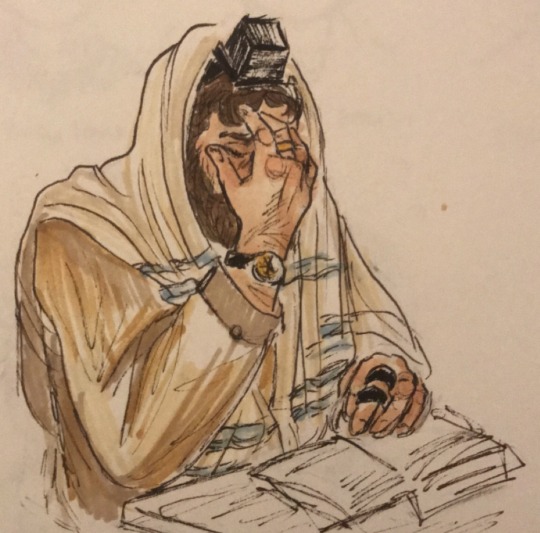
my new hobby is drawing abel doing jewish things
#I spent like 30 minutes looking for this#this is my favorite piece of Jewish art#other people’s work#art
97 notes
·
View notes
Text

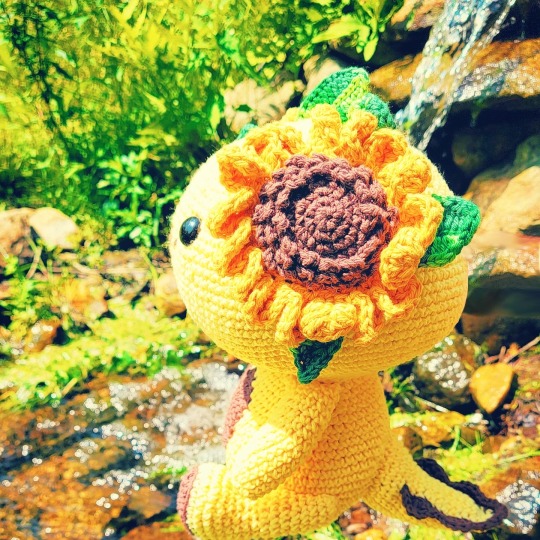
Summer means sunflowers 🌻!
22 notes
·
View notes
Text
The fourth blessing of the amidah, binah. I like the reminder to be grateful for the fact that we can learn and think, not just live our lives acting only on animal instinct.
Jews of Tumblr, what's your favorite prayer/bracha? This can be specific or a category (like the food brachot for example).
Personally I recently started saying the modeh ani and I really like having that moment of gratitude to start the day with. Something so simple like waking up is something we tend to take for granted and I love how the modeh ani allows a moment of reflection about how wonderful it really is to be able to wake up.
Goyim do not respond. Those in the conversion process are welcome.
296 notes
·
View notes
Text

וַיַּפֵּל֩ יְהֹוָ֨ה אֱלֹהִ֧ים ׀ תַּרְדֵּמָ֛ה עַל־הָאָדָ֖ם וַיִּישָׁ֑ן וַיִּקַּ֗ח אַחַת֙ מִצַּלְעֹתָ֔יו וַיִּסְגֹּ֥ר בָּשָׂ֖ר תַּחְתֶּֽנָּה׃
"And G-d cast a deep sleep upon the human and he slept, and He took from his side and closed the flesh at the site" [Bereishit (Genesis) 2:21]
"כִּי הִנֵּה כַּחֹֽמֶר בְּיַד הַיּוֹצֵר. בִּרְצוֹתוֹ מַרְחִיב וּבִרְצוֹתוֹ מְקַצֵּר. כֵּן אֲנַֽחְנוּ בְּיָדְךָ חֶֽסֶד נוֹצֵר."
"Like the clay in the hands of the potter. With his will he expands it, and with his will he contracts it. So too we are in Your Hands, Preserver of Kindness." [from Yom Kippur liturgy]
Thinking of the creation of Chava (Eve) from Adam's side as the removal of womanhood from Adam and affirming him as a man and Chava as a woman, making the act a gender affirming surgery, the first gender affirming surgery ever.
[id in alt text]
487 notes
·
View notes
Text
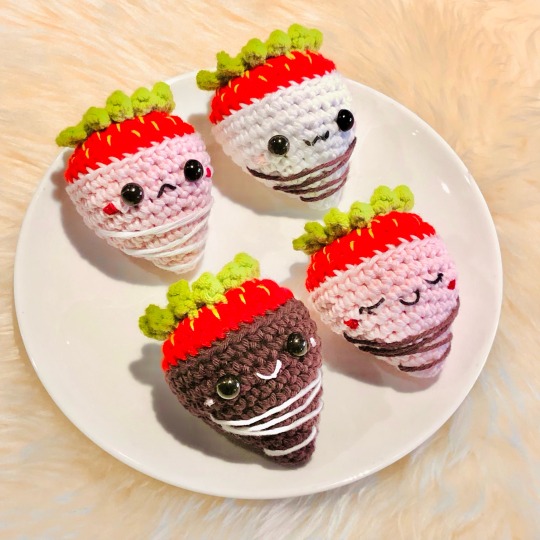
Project from last month No.2. They are very easy and quick so I made whole bunch. Pattern is here. You could probably tell I’m a huge fan of their pattern designs.
17 notes
·
View notes
